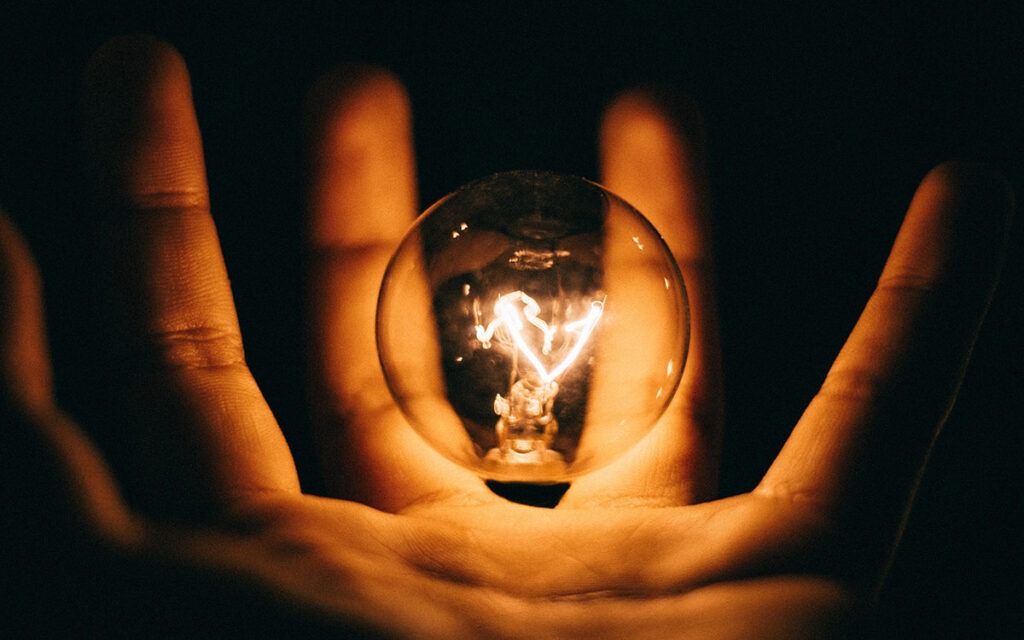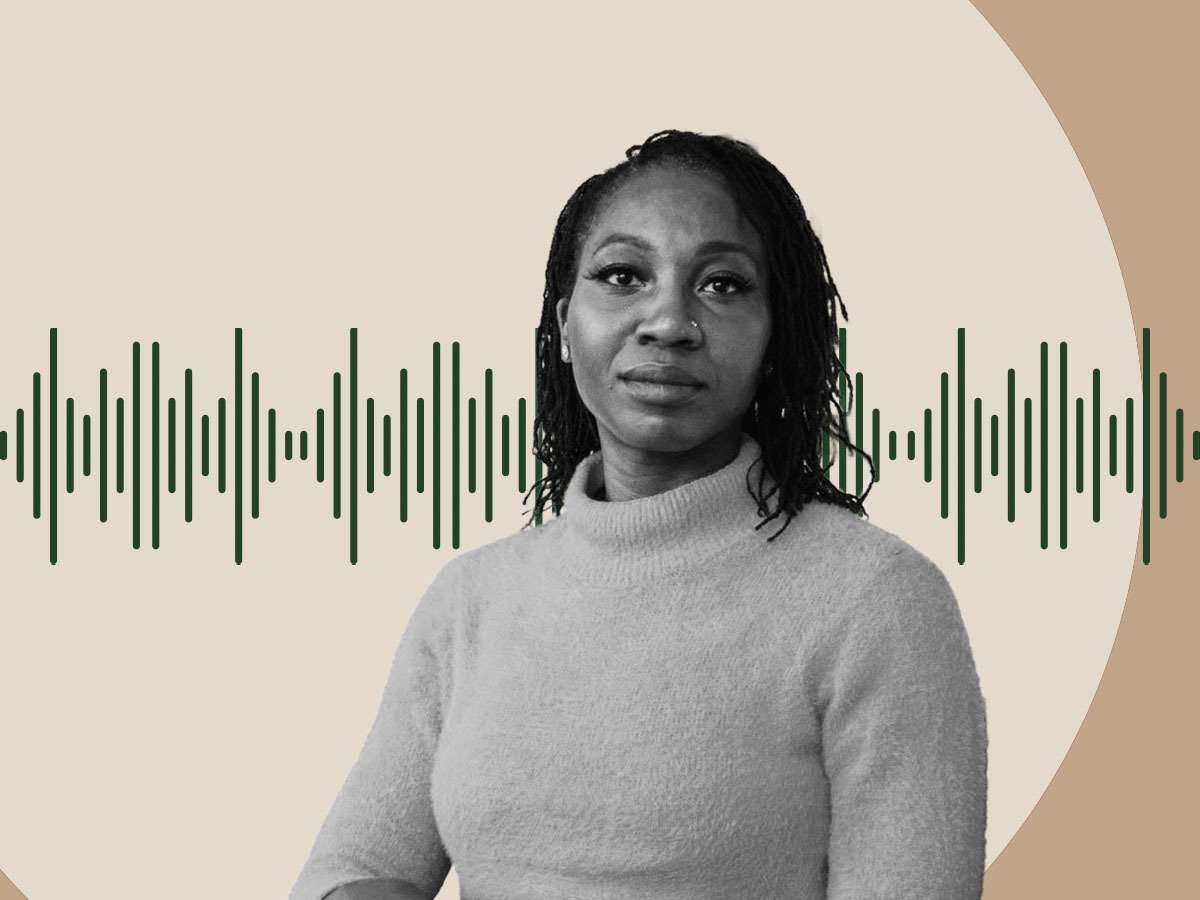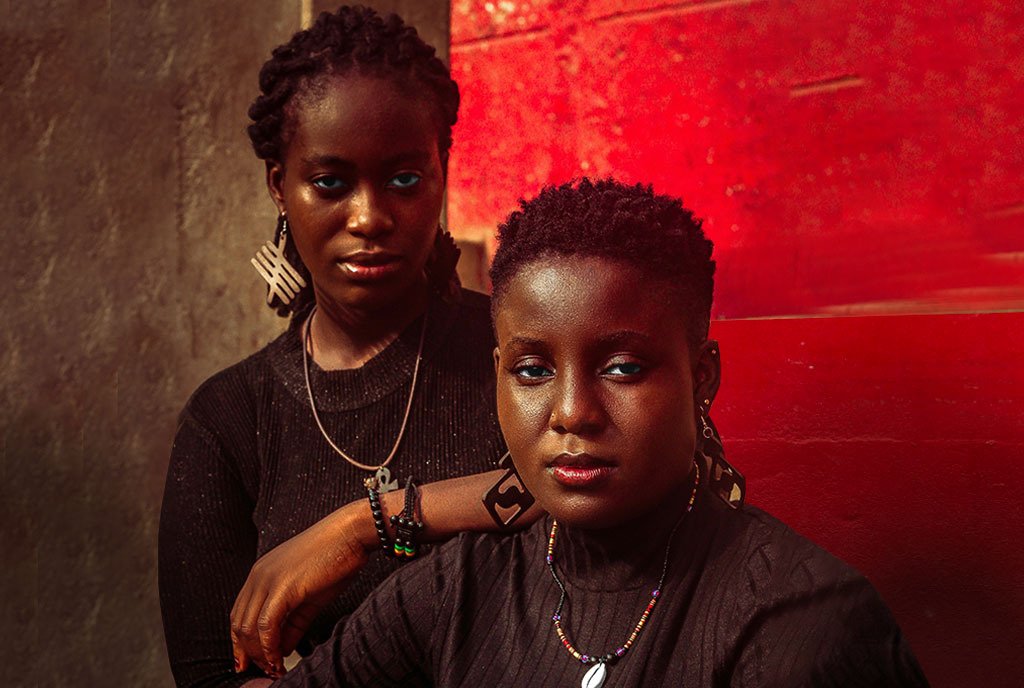
This is the second article from A Green New Deal on the Ground, a series produced with the Climate and Community Project, a progressive climate policy think tank developing cutting-edge research at the climate and inequality nexus. The series examines how Green New Deal initiatives aim to create climate policy that positively impacts everyday life, explores the political coalitions and campaigns centering environmental justice and equity in decarbonization across the US, and champions both broad-based movement building and institutional power to harness resources and push for change.
Last week, the Build Public Renewables Act passed in the New York State Senate. The BPRA would create a public energy option in New York by expanding the ability of the New York Power Authority, the state’s public utility, to finance, build, and operate affordable, reliable renewable energy. In doing so, it would advance the state’s ambitious goal, outlined in the 2019 Climate Leadership and Community Protection Act, of reaching 70 percent renewable energy by 2030.
The bill’s passage in the senate reflects a new wave of climate activism that demands the development of renewable energy sources to fend off climate disaster, as well as community control—not corporate control—over the next energy system. Though in her proposed budget Governor Kathy Hochul included a limited version of the bill that reduces its commitments to unions and public control, New York still has the chance to pass legislation that would create equity and ensure that households that need it most get cheap, renewable power.
Expanding the NYPA would help counter decades of privatization of the electricity sector, which has resulted in higher household bills and limited service capacity. In addition to creating thousands of well-paid union jobs across the state, BPRA would provide discounted energy bills to working-class families and could lower rates for one million households, particularly benefitting the state’s Black and Brown communities, who suffer from disproportionate energy burdens.
The core tenets of BPRA—public ownership, climate mitigation, and racial and economic justice—are also core tenets of the Green New Deal and position the BPRA as a model for other cities and states to imitate. A Green New Deal for Electricity requires coordinated industrial policy to deploy renewable energy quickly and democratize control among workers and communities. The BPRA is a model of what this could look like nationwide.
The Myth of “Consumer Choice”
The Build Public Renewables campaign seeks to reverse the utility deregulation that occurred in the latter half of the twentieth century. In 1978, President Jimmy Carter took the first big step to deregulate the US energy sector with the Public Utilities Regulatory Policies Act. PURPA opened electricity markets to “Independent Power Producers,” or private utility companies, and incentivized public utilities to buy from them. It was a classic neoliberal strategy for industry management: deregulation would create a more competitive and efficient energy system, which, in turn, would lower ballooning energy costs and allow renewables to enter the market.
Before PURPA, utilities operated all their generation, transmission, and distribution lines. After the bill’s passage, states, including New York, deregulated their energy systems and forced public utilities to sell off their energy-generation infrastructure to keep up with bloated—and increasingly consolidated—utility companies, like ConEdison and PG&E, which manipulated regulators and extracted exorbitant rates from their customers.
Deregulation brought on decades of crises. Enron infamously exploited the newly deregulated California system in the 1990s, leading to severe energy shortages and skyrocketing costs. More recently, climate-induced Winter Storm Uri exposed the instability of Texas’ highly deregulated utility system, leading to sweeping blackouts and unfathomably high customer bills. As one portfolio manager put it, crises like the ones in Texas created a “Wild West market designed based only on short-run prices.”
Since the 1990s, states across the country have coupled renewable-energy goals with deregulation to kickstart a transformation of the power sector. These “free market” advocates have called for “consumer choice” in energy consumption, even though the market has predictably not improved the sector. Today, customers choose between energy service companies, all of which provide expensive, unreliable electricity. The promise of lower energy bills has not been kept, and wages for workers in private wind and solar, along with unionization rates, remain low.
Without regulation, private utility companies continue to act in predatory and manipulative ways to maximize profits, often targeting non-native English speakers or low-income individuals with deceptive marketing and cost markups. In fact, New York banned such companies from marketing to low-income households in 2016. Public and cooperative ownership are better suited to a just and renewable energy system—but the private sector has a strong grip on the energy system nationwide.
Rewiring the Private Sector Mindset
Public institutions require political will to make the leap to renewable energy. But decades of austerity and the corporatization of public institutions have shifted the ethos of government agencies.
In a recent report on public and cooperative utilities, researchers with the Climate and Community Project found that public utilities increasingly hired managers with corporate backgrounds who were more focused on running the institutions as private businesses and eschewing oversight than providing a public service. The previous CEO of NYPA, Gil Quinones, came from the private sector, and after his tenure at NYPA ended in 2021, he become CEO of ComEd—a private utility in Chicago that recently fought off a municipalization campaign. Justin Driscoll now runs NYPA but has maintained a private-sector approach to a public institution, rejecting BPRA as “unworkable.”
Management by former private-sector workers is only one part of the energy sector’s problem. Taking on debt or shifting operations to improve institutions can intimidate staff operating in calcified, underfunded institutions. NYPA illustrates this bind, as it is hesitant to take on its new proposed role.
Counteracting private sector principles is imperative to building a new public utilities system based on justice, renewables, and democracy. In the case of existing institutions like NYPA, such work requires finding champions in the institution itself who are ready to fight for change. It also requires redesigning the institution’s infrastructure by granting decision-making power to workers outside the management suite, designing in accountability to environmental justice communities, and co-developing transition plans.
Such reforms are already underway. In Colorado, rural electric cooperative organizers passed new accountability measures for that promotes transparency to stop closed-door meetings and deals. Across the Atlantic, Paris brought its water utility back in house, instituting a multi-stakeholder board and a “Water Observatory” as a public education and accountability method.
Not every city or state has an institution like NYPA. As such, not all organizers fighting for public power and a Green New Deal for Electricity have to cater to legacy institutions’ fossilized procedures and infrastructure. Instead, activists in these states have room to reimagine how utilities should work for their communities. Most public and cooperative utilities were launched in the 1920s and 40s by White men and are based on a centralized, fossil-fueled energy system. New institutions should start with a vision of the future we need to build, not the energy system of the past or the structural racism embedded in many institutions.
Lowering Bills, Creating Jobs
Public power campaigns have popped up across the country to achieve a Green New Deal for Electricity at the legislative level. Maine has an upcoming ballot initiative to place the electrical grid under public control, and cities like Louisville and Chicago are considering municipalization to achieve their energy targets. Representatives Cori Bush and Jamaal Bowman introduced a federal resolution for Public Power last year, with Bowman stating, “We need an energy system that is of, by, and for the people—not corporations seeking the largest possible profit.”
Sign up for our free newsletters
Subscribe to NPQ's newsletters to have our top stories delivered directly to your inbox.
By signing up, you agree to our privacy policy and terms of use, and to receive messages from NPQ and our partners.
It’s clear that the market isn’t up to the challenge, as the United States is already in a utility affordability crisis. Electric utilities shut off households more than 3.5 million times from the pandemic’s onset to May 2022. Increasing inflation and the war in Ukraine has further increased energy costs for families who were already on the brink. About one third of US households live in “energy poverty,” among them disproportionate numbers of Black, Latinx, and Native families. In many cases, these same families are paying for our fossil-fueled system with their health; highways, natural gas facilities, and other energy industries are concentrated in low-income neighborhoods of color, where they spew pollution.
Energy bills impact people in visceral ways. Many families must decide between paying their utility bill or paying for medication. A renewable energy system should first benefit those most harmed by the current electricity system—both in terms of high bills and pollution—to ensure that these communities see the impact of the transition and feel that they have a stake in it.
Communities in New York are already moving toward this goal. For instance, Sunset Park in Brooklyn—where 68 percent of the population identifies as Asian or Hispanic and 28 percent live below the poverty line—is home to polluting industry and peaker gas plants, some of the dirtiest high-emission power sources. Uprose, a community-based group, organized the Sunset Park community to install a solar project on the Brooklyn Army Terminal roof, saving subscribers about 20 percent on their utility bills.
A large institution like NYPA could be a public partner in such efforts, working with local organizers and community members to deploy renewable energy, energy efficiency, and electrification statewide while providing capacity and work opportunities. The Build Public Renewables Act not only mandates that NYPA build public renewable energy, but that the energy be sold at a discount to low-income households to alleviate energy burdens.
Thousands of publicly and cooperatively owned utilities across the country could play a similar role. Despite the past four decades of electricity policy, public power has a long history in the United States—with New York as a crucial leader. In 1913, during his term as New York Governor, Franklin D. Roosevelt founded NYPA. He considered it his biggest achievement, describing public utilities as checks against the power of for-profit energy companies and important yardsticks with which to evaluate the sector. NYPA inspired Roosevelt to later organize the Rural Electrification Administration, which increased rural electrification household rates from 10 to 90 percent in 10 years—the type of clip and scale we need to transition to renewable energy and tackle the climate crisis.
By pushing back on a private, market-based approach to renewable energy and providing affordable renewable energy to New Yorkers, NYPA could be the testing ground for a Green New Deal for Electricity. The bill’s high labor standards, democratic oversight, and affordable renewable energy development would not replace Independent Power Producers overnight, but they would enable NYPA to compete with such producers, providing a model for the public to advance decarbonization plans. Just as NYPA ushered in a new era of public power and industrial planning in the 1930s, expanding NYPA today can set the stage for a Green New Deal nationwide.
The Inflation Reduction Act Helps
Public power campaigns have popped up across the country to achieve a Green New Deal for Electricity at the legislative level. Maine has an upcoming ballot initiative to place the electrical grid under public control, and cities like Louisville and Chicago are considering municipalization to achieve their energy targets. Representatives Cori Bush and Jamaal Bowman introduced a federal resolution for Public Power last year, with Bowman stating, “We need an energy system that is of, by, and for the people—not corporations seeking the largest possible profit.”
It’s clear that the market isn’t up to the challenge, as the United States is already in a utility affordability crisis. Electric utilities shut off households more than 3.5 million times from the pandemic’s onset to May 2022. Increasing inflation and the war in Ukraine has further increased energy costs for families who were already on the brink. About one third of US households live in “energy poverty,” among them disproportionate numbers of Black, Latinx, and Native families. In many cases, these same families are paying for our fossil-fueled system with their health; highways, natural gas facilities, and other energy industries are concentrated in low-income neighborhoods of color, where they spew pollution.
Energy bills impact people in visceral ways. Many families must decide between paying their utility bill or paying for medication. A renewable energy system should first benefit those most harmed by the current electricity system—both in terms of high bills and pollution—to ensure that these communities see the impact of the transition and feel that they have a stake in it.
Communities in New York are already moving toward this goal. For instance, Sunset Park in Brooklyn—where 68 percent of the population identifies as Asian or Hispanic and 28 percent live below the poverty line—is home to polluting industry and peaker gas plants, some of the dirtiest high-emission power sources. Uprose, a community-based group, organized the Sunset Park community to install a solar project on the Brooklyn Army Terminal roof, saving subscribers about 20 percent on their utility bills.
A large institution like NYPA could be a public partner in such efforts, working with local organizers and community members to deploy renewable energy, energy efficiency, and electrification statewide while providing capacity and work opportunities. The Build Public Renewables Act not only mandates that NYPA build public renewable energy, but that the energy be sold at a discount to low-income households to alleviate energy burdens.
Thousands of publicly and cooperatively owned utilities across the country could play a similar role. Despite the past four decades of electricity policy, public power has a long history in the United States—with New York as a crucial leader. In 1913, during his term as New York Governor, Franklin D. Roosevelt founded NYPA. He considered it his biggest achievement, describing public utilities as checks against the power of for-profit energy companies and important yardsticks with which to evaluate the sector. NYPA inspired Roosevelt to later organize the Rural Electrification Administration, which increased rural electrification household rates from 10 to 90 percent in 10 years—the type of clip and scale we need to transition to renewable energy and tackle the climate crisis.
By pushing back on a private, market-based approach to renewable energy and providing affordable renewable energy to New Yorkers, NYPA could be the testing ground for a Green New Deal for Electricity. The bill’s high labor standards, democratic oversight, and affordable renewable energy development would not replace Independent Power Producers overnight, but they would enable NYPA to compete with such producers, providing a model for the public to advance decarbonization plans. Just as NYPA ushered in a new era of public power and industrial planning in the 1930s, expanding NYPA today can set the stage for a Green New Deal nationwide.
New York State Lights the Way
The private sector and its capitalist logic, prioritizing profits over public priorities, has reigned over the electricity sector for decades, extracting wealth from communities and leaving them with pollution. The transition to renewable energy need not necessarily be a public good. An uncoordinated, private approach to energy could mean a too-slow transition, continued high bills, low-roads jobs, and profits for Wall Street. It will take organizing and structural change to reorder the electricity system.
Over the past two years, organizers in New York state have built a powerful campaign to do just this. The BPRA is a popular policy, supported by the Democratic Socialists of America, the organizers who passed the 2019 landmark Climate Leadership and Community Protection Act, environmental justice organizations, like Uprose and WeAct for Environmental Justice, as well as unions, including healthcare, education, and auto workers. Though still hesitant about shifting power dynamics in the energy market, electric-worker union leaders admitted that the bill has “exceptional” pro-union standards. This growing coalition has elected public power champions like Zohran Mamdani and Sarahana Shrestha, who are moving the political game from the inside with activists’ help.
This fight to pass the Build Public Renewables Act is just the beginning of New York’s potential transition to public control. The BPRA focuses on energy generation, not distribution. If the bill passes, the next step is to put the entire power grid in public hands.
The power grid ensures a constant supply of electricity, including during a crisis. New Yorkers are experiencing unprecedented climate emergencies, with oppressive heat waves and more frequent and intense hurricanes. A state-run grid would provide New York with more control over utility bills and shutoffs. The Public Power New York coalition has this goal in sight, designing the NY Utility Democracy Act to transfer ownership of grid infrastructure to the public and build in participatory practices.
Electricity can be invisible to the wealthy. They flick a switch, and their lights turn on. They turn a knob, and their house warms. For many working-class and multi-racial communities, electricity is far more personal. The natural gas peaker plant around the corner gives neighborhood children asthma as it powers the grid. These communities juggle the cost of an inhaler versus warmth in the winter. A Green New Deal for Electricity is powerful when it treats access to affordable, renewable energy as a human right. New York’s campaign has begun to lay a pathway toward a decarbonized, affordable, and publicly owned future.













